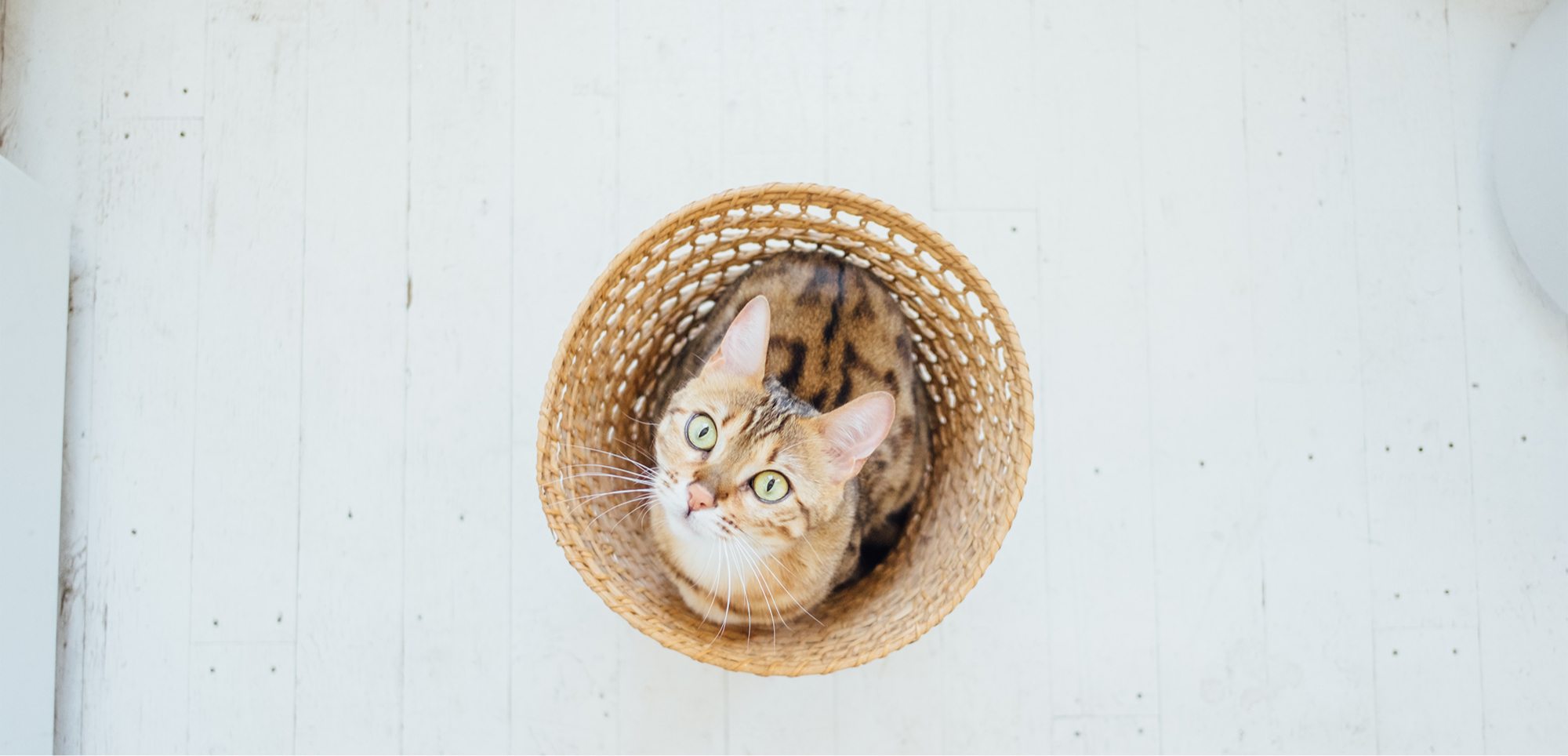Litter training your rabbits
Litter training your indoors rabbits is a great way to make life easier for both you and your rabbits.
Desexed rabbits are easier to litter train and entire males can spray. It is best to desex rabbits as early as possible, ideally by 6 months of age, so that any hormonal or territorial behaviour has not become ‘learned’ and will be reduced by desexing.
1. If your rabbits are indoor pets, begin their litter training by placing them in a room that you will consider to be their ‘base’ room. This is the room that the rabbits will have access to at all times, such as when you are out of the house at work. It makes sense for this room to be one that has easily cleaned floors, such as vinyl, wood or tiles. This will also avoid potential urine damage to carpets.
2. This room must be rabbit-proofed. Electrical cords, sockets, pot plants, toys, furniture, etc. should be protected or removed so that they will not harm or be damaged by the rabbits.
3. Put a litter tray in an area within the room. This should be placed where the rabbits have chosen to toilet or, if it is a new place, put some of their droppings and urine in the tray so that it smells like a toileting area and encourage them to toilet in there. Line the tray with thick newspaper and fill with shredded paper, dust-free straw or non-clumping litter. Do not use any litter that is clay based or made from pine.
4. Place fresh hay at one end of the tray, well clear of where it can be soiled. Hanging it up is best, so use your imagination or look to purchase a hay manger. TIP: Place the hay at the far end against the wall so that the rabbits have to go into the tray to reach it.
5. If the rabbits choose another spot to toilet, you may wish to move the tray and hay to the favoured area. Your rabbits are likely to return to any ‘accident’ spot to use it again which may halt the litter tray training process. You can try slowly moving the litter tray in stages towards your favoured spot, but it is usually far less frustrating to accept your rabbits’ choice of litter tray position than to get them to toilet where you want.
6. Keep your rabbits confined to this room until they are successfully using the tray for toileting, otherwise you may have unwanted accidents.
7. Once your rabbits are using the tray, you can allow them to access other rabbit-proofed rooms. If your rabbits are toileting in a room you would prefer they didn’t, place a second litter tray in this room but this time without hay above it. Rabbits generally prefer to use a litter tray with hay above it. If your rabbits continue to toilet in the room that you would rather they didn’t, you may need to keep multiple litter trays or limit their access to the room.
For litter training when your rabbits are housed in an outside hutch, follow steps 3, 4 and 5 above.
Do not bleach clean the litter tray or you will remove the smell and the rabbits will be less keen to use it.
Remember, your rabbits might not be perfect with their toileting all the time. Don’t take it personally when they make mistakes – just remember to praise them when they get it right.


